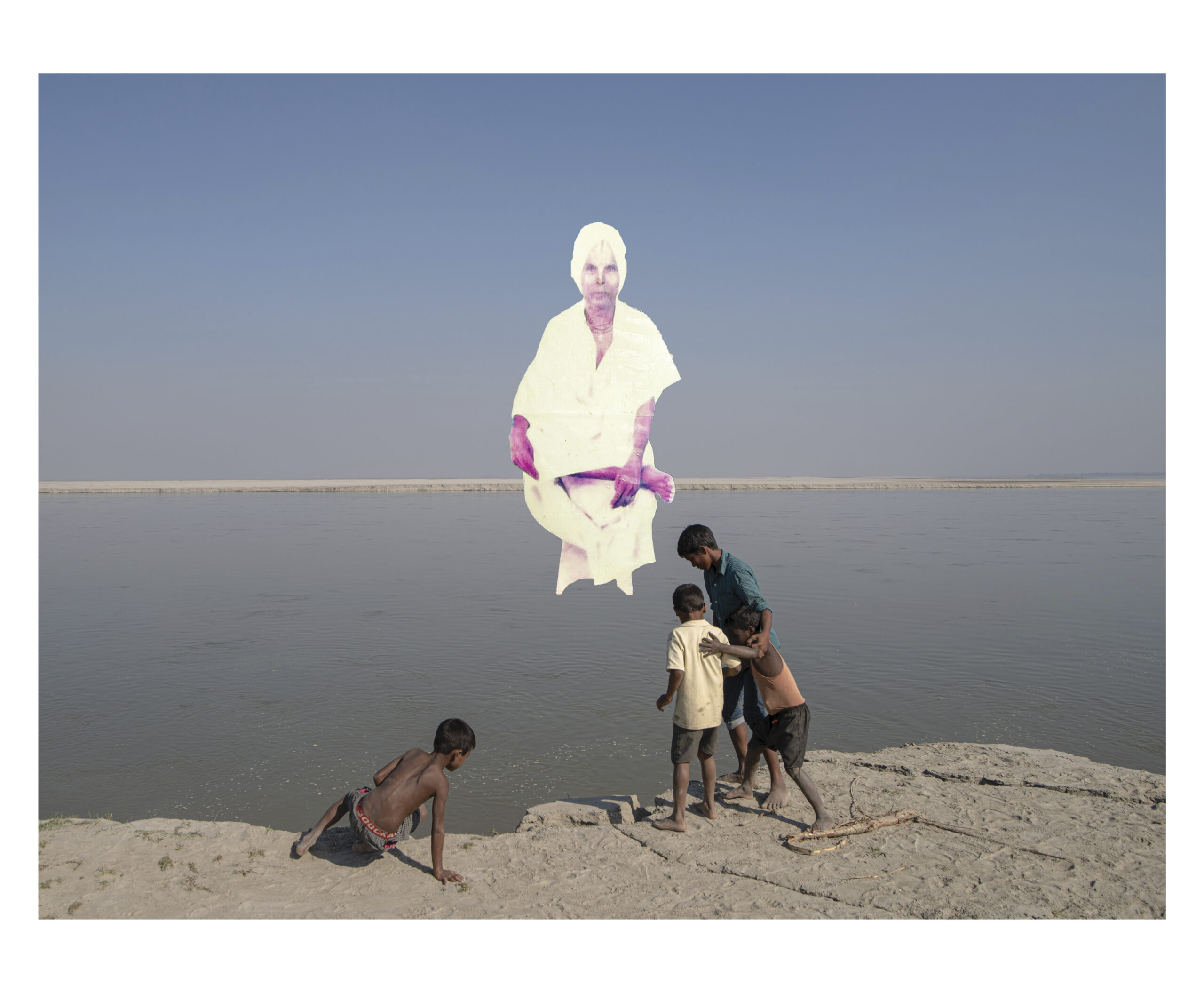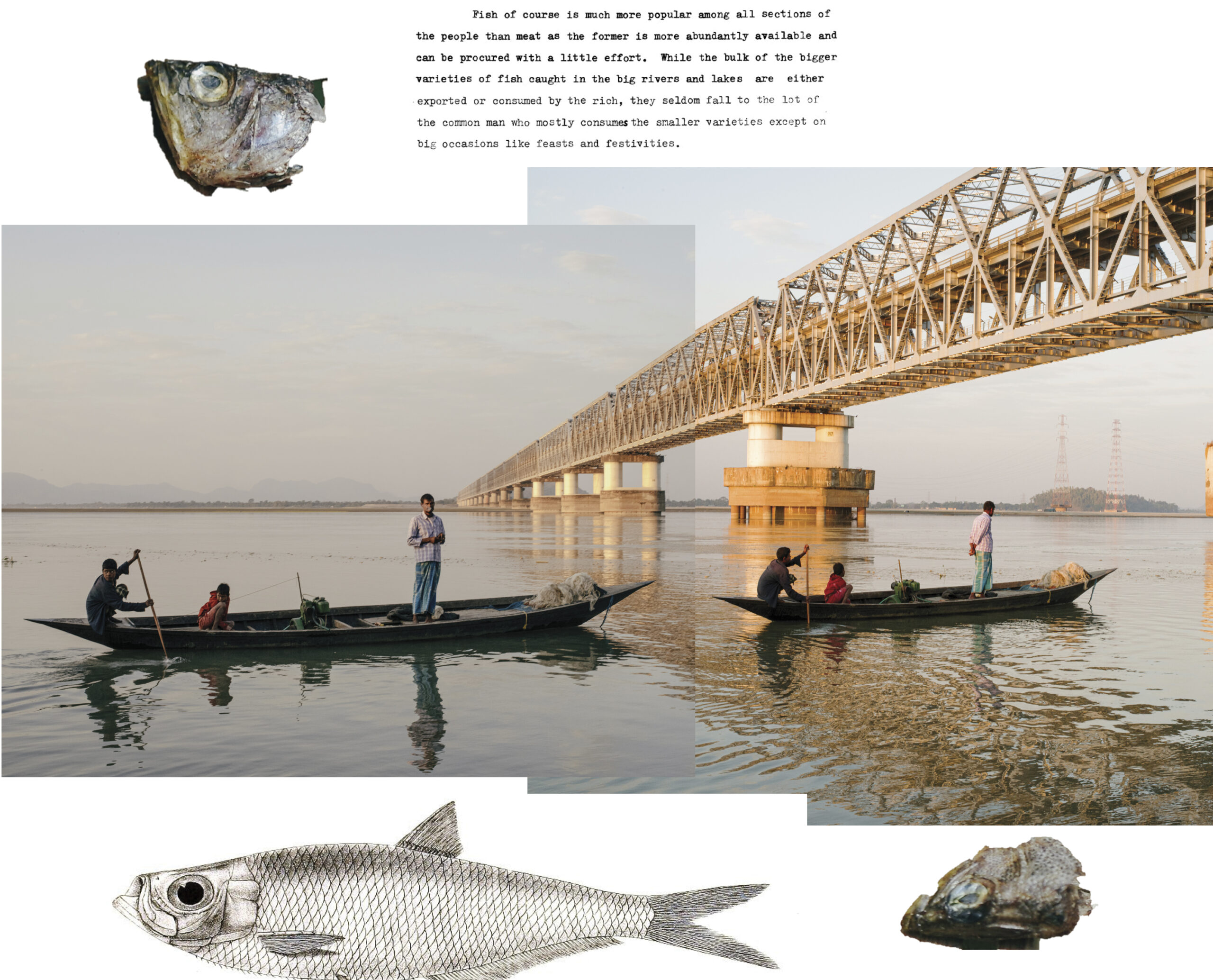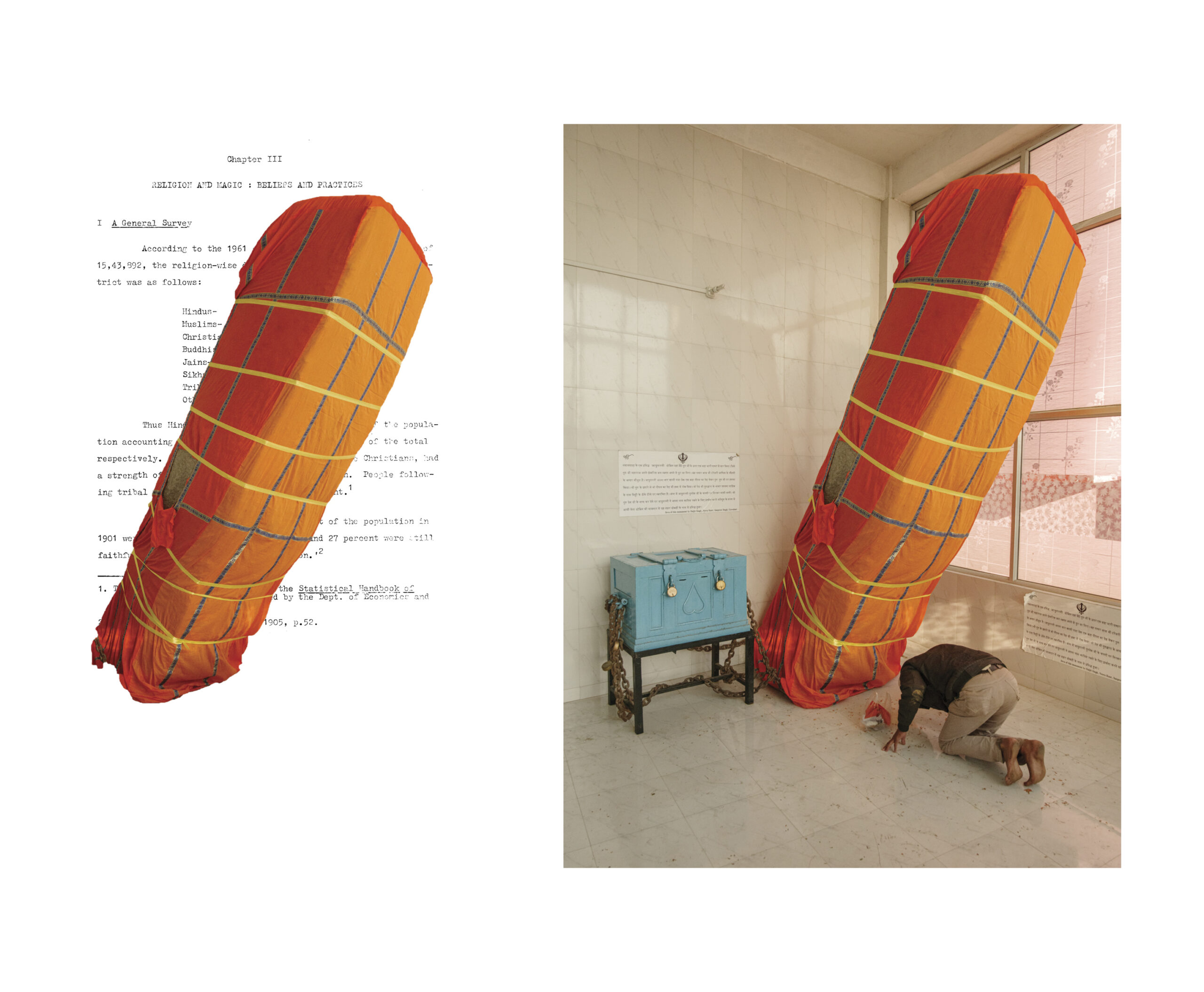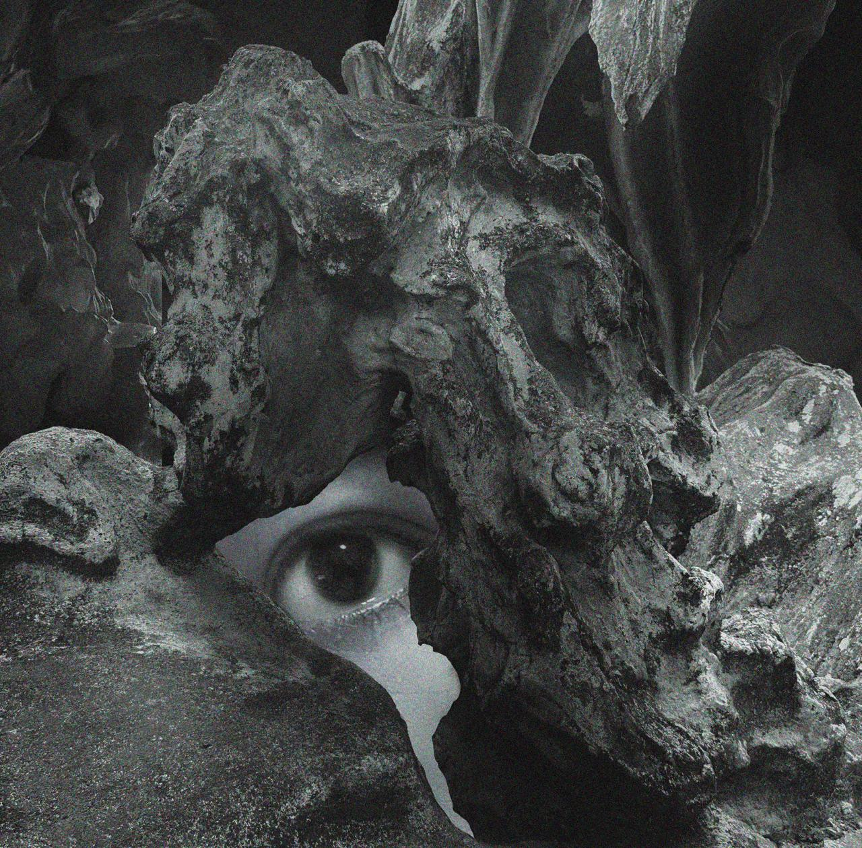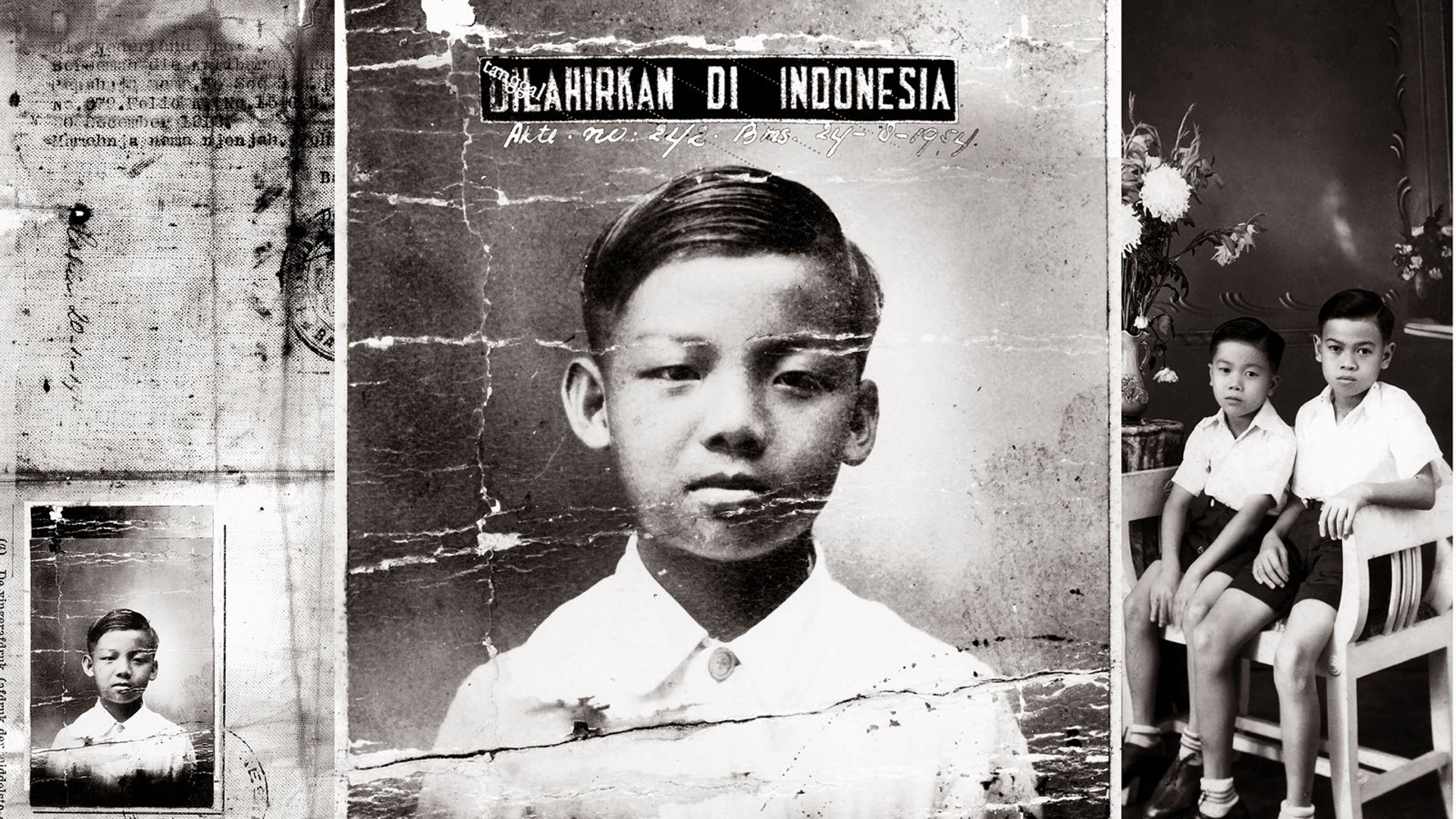It took me many years to notice at quieter moments when no one was listening, she would sing. Simple tunes with haunting notes of melancholy. I would try to grasp the words of a language I was yet to ascertain. Folksongs of a forgotten people.
Using these local songs as a map, I attempted to sculpt a new, amorphous personal identity not inherited from birth but through love. I traveled to her corner of India inherited by marriage a region bordering Bangladesh, bifurcated between the constructed colonial borders of Assam and Bengal. The elision of their identity is apparent in colonial documents. The title for an image of an elderly Rajbanshi man in “The People of India,” a nineteenth-century British ethnographic album compiled in the wake of the 1857 revolution, reads “Rajbansi. Aboriginal. Now Hindoos.” This description is both pejorative, and inaccurate since the Rajbanshis were not entirely Hindu. Their folk culture, language, and traditions were relegated to obscurity, subsumed by a larger regional identity. The people were left clutching at the remains of their folk culture within these boundaries, while slowly drifting into amnesia. At this time, like a folktale unraveling “People of Clay” attempts to understand and pick at the remnants of this folk psychogeography. The work is presented as an assemblage of text, archival material, photographs, and lyrics.
The intention of this work is to remind us that we are all people of clay, our identities constantly changing, not chained to the borders we have inherited. & like me, you can also sometimes find identity through love.



